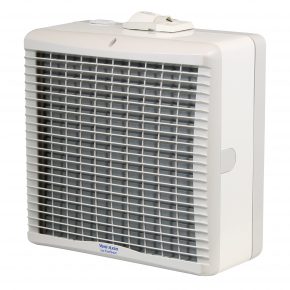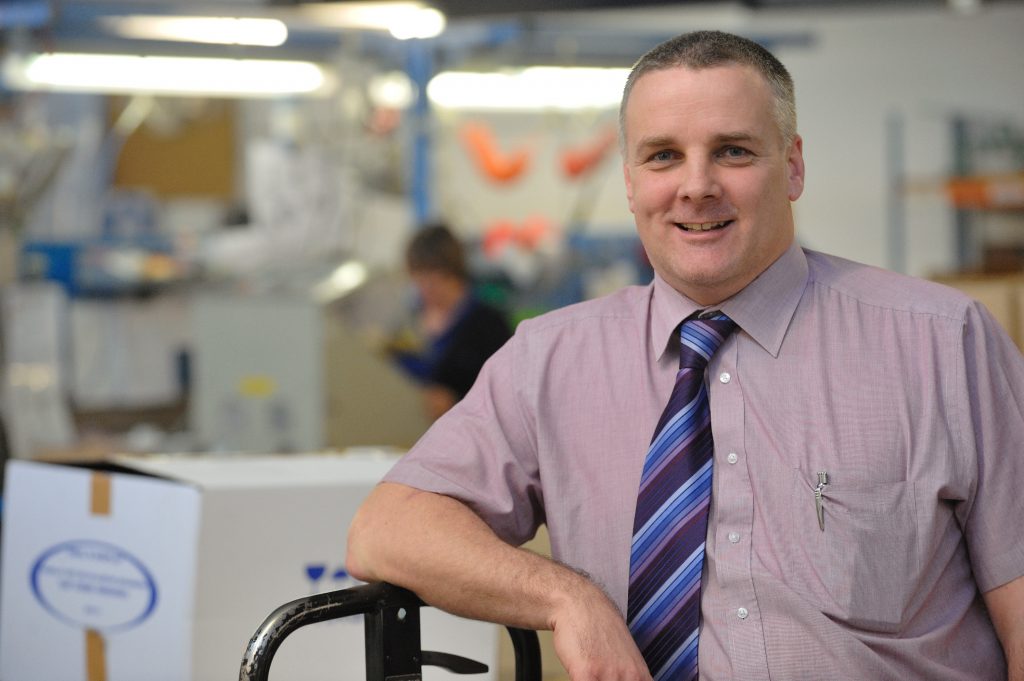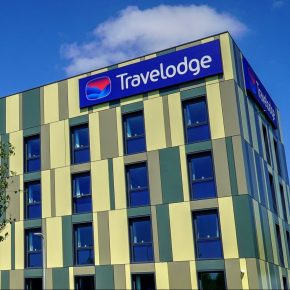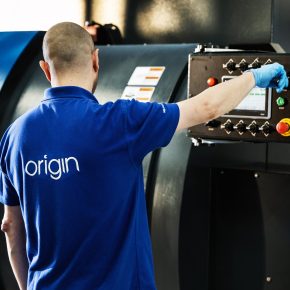
Vent-Axia Welcomes New Infection Resilient Environments Report
Leading ventilation manufacturer Vent-Axia has welcomed a recent report on infection resilient environments, by the National Engineering Policy Centre (NEPC), which calls for a major upgrade of buildings to create healthier indoor environments.
The report ‘Infection Resilient Environments: Time for a Major Upgrade’ reveals that infection control measures could save up to £23 billion a year if there is another pandemic. Plus, it recommends that the operational performance of buildings, including ventilation and infection resilience, should be regulated going forwards.
This report follows on from ‘Infection Resilient Environments: Buildings that keep us healthy and safe’, published in July 2021. Commissioned in 2021 by the Government Chief Scientific Adviser, Sir Patrick Vallance, the new NEPC research, led by the Royal Academy of Engineering and the Chartered Institution of Building Services Engineers (CIBSE), set out to identify the measures needed to reduce transmission of infectious diseases in the UK’s built environment and transport systems. Ventilation has been found to be a key part of achieving this.
In the forward of the new report Professor Chris Whitty, Chief Medical Officer for England, says: “The COVID-19 pandemic has shown again how people’s risk of being infected by respiratory infections is heavily influenced by their environment. Engineering interventions, such as effective ventilation indoors, can help to reduce transmission of many infections in places of work, study, at home, and on public transport…. Some engineering solutions to reduce infections also have health co-benefits; for example, effective ventilation potentially reduces indoor air pollution.”
What’s in the report?
The report confirms that healthy buildings are good for infection resilience but are also good for health, saving employers money due to less absences and better productivity. Vent-Axia welcomes the new report and agrees with its findings on ventilation improving infection resilience and improving productivity.
David Cook, Technical Product Manager at Vent-Axia (below), comments: “Furthermore, good indoor air quality also improves productivity, another benefit for employers.

“Throughout the Pandemic we supported hospitals and businesses by advising on and supplying ventilation to help mitigate COVID-transmission. However, ventilation not only reduces infection transmission it also improves indoor air quality and so helps protect health.”
An economic assessment that informed the report found that another severe pandemic in the next 60 years could have a societal cost to the UK equating to £23 billion a year.
But even just seasonal diseases cost the country as much as £8 billion a year in disruption and sick days according to the report. The report states that improving ventilation, air quality and sanitation in buildings could minimise transmission, reducing the number of people infected, thereby saving lives and reducing ill health and its societal impacts.
And as well as reducing the impacts of future pandemics and seasonal flu, the report identifies the additional benefits of improved ventilation. It has been proven to reduce infection risk, boost productivity and alleviate asthma and general exposure to air pollution.
The Stoddart Review
These findings support the Stoddart Review, which revealed that the health and wellbeing of staff has a significant impact on productivity, with happy workers being 12% more productive.
This is great for individual companies but if we look at this on a national scale, just a 1% increase in productivity would add £20 billion to the UK economy. This was backed up by a World Green Building Council report, which showed that office design impacts the health, wellbeing and productivity of its occupants, with a key area being good indoor air quality (IAQ).
A comprehensive body of research was drawn on and suggested that productivity improvements of 8-11% are not uncommon as a result of better IAQ.
Vent-Axia is well prepared to help ensure buildings are healthy through effective ventilation hand-in-hand with CO2 monitors to check indoor air quality. For non-residential properties, Vent-Axia’s range of CO2 sensors can be discreetly located on a wall and can intelligently boost ventilation based on the detected CO2 levels.
They can also provide a warning indication for occupants if CO2 levels rise above acceptable levels with a useful traffic light system on the front, so occupants can activate purge ventilation when required. Vent-Axia also offers a range of ventilation solutions including the Sentinel D-Box Fan range, which are suitable for continuous fresh air supply or extract of stale air or both. These fans can be connected to a CO2 sensor for optimal air quality control.
For a more simplistic system Vent-Axia’s Lo-Carbon T-Series fans can provide background or purge ventilation and are easily fitted to an existing window or through a wall, again these can be controlled by a range of sensors to manage the rooms ventilation requirements.
Latest news

21st November 2024
Altro distils style and performance at English Spirit
English Spirit Distillery has used an extensive package of Altro products front and back of house, in their new visitor centre café, shop and viewing area for the working distillery.
Posted in Articles, Bathrooms, Bedrooms & Washrooms, Building Industry News, Building Products & Structures, Building Systems, Case Studies, Floors, Interior Design & Construction, Interiors, Kitchens, Restoration & Refurbishment, Retrofit & Renovation, Timber Buildings and Timber Products, Walls
21st November 2024
Abloy UK creates bespoke locking solution for Secure Information Boxes
Abloy UK has supplied The Safety Letterbox Company Ltd with a bespoke Sentry CL811 Camlock for use in its Secure Information Boxes, assisting life safety and complying with new regulations and legislation for high rise buildings.
Posted in Access Control & Door Entry Systems, Architectural Ironmongery, Articles, Building Industry News, Building Products & Structures, Building Regulations & Accreditations, Building Services, Case Studies, Facility Management & Building Services, Health & Safety, Posts, Restoration & Refurbishment, Retrofit & Renovation, Security and Fire Protection
20th November 2024
CUPA: CUPACLAD enhances hotel aesthetics with a creative natural slate façade
Situated at the northern edge of a newly developed retail park near Bristol, the Abbey Wood Travelodge was conceived as part of the company’s new Budget-Luxe line of hotels – it features CUPACLAD, from CUPA PIZARRAS.
Posted in Articles, Building Industry News, Building Products & Structures, Building Systems, Case Studies, Cladding, Concrete, Cement, Admixtures, Facades, Posts, Restoration & Refurbishment, Retrofit & Renovation, Walls
20th November 2024
Origin launches in-house powder coating facility
Origin’s latest investment is set to redefine industry standards as it launches its own in-house powder coating facility.
Posted in Aluminium Products, Articles, Building Industry News, Building Products & Structures, Building Systems, Doors, Glass, Glazing, Innovations & New Products, Paints, Coatings & Finishes, Restoration & Refurbishment, Retrofit & Renovation, Site Preparation, Windows
 Sign up:
Sign up: